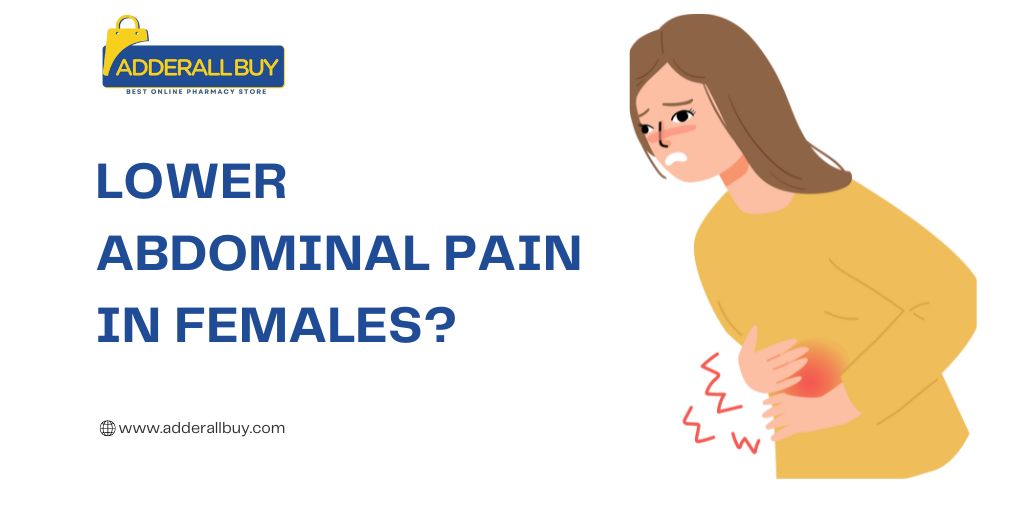
Understanding Lower Abdominal Pain in Females: Causes, Diagnosis, and Treatment
Lower abdominal pain in females can be a complex and multifaceted issue, given the unique anatomy and various health conditions that can affect the reproductive, urinary, and digestive systems. This blog aims to explore the potential causes of lower abdominal pain in females, provide insight into diagnosis, and discuss possible treatment options.
Common Causes of Lower Abdominal Pain
- Menstrual Cramps (Dysmenorrhea) Menstrual cramps are one of the most common causes of lower abdominal pain in females. These cramps, often occurring in the days leading up to and during menstruation, are caused by the contraction of the uterus as it sheds its lining. Pain can range from mild to severe and is usually accompanied by bloating, back pain, and fatigue.
- Ovulation Pain (Mittelschmerz) Some women experience pain during ovulation, which typically occurs about midway through their menstrual cycle. This pain, known as Mittelschmerz, is usually localized to one side of the lower abdomen and can last from a few hours to a couple of days. It’s thought to result from the release of an egg from the ovary and the stretching of the ovarian surface.
- Pelvic Inflammatory Disease (PID) Pelvic Inflammatory Disease is an infection of the female reproductive organs, often caused by sexually transmitted infections (STIs) like chlamydia or gonorrhea. Symptoms include lower abdominal pain, abnormal vaginal discharge, fever, and pain during intercourse. PID can lead to serious complications if left untreated, including infertility.
- Endometriosis Endometriosis is a condition where tissue similar to the lining of the uterus grows outside the uterus. This tissue can cause severe pain, particularly during menstruation, and can lead to other symptoms such as heavy menstrual bleeding, pain during intercourse, and digestive issues. The pain can be chronic and debilitating, impacting daily life significantly.
- Ovarian Cysts Ovarian cysts are fluid-filled sacs that develop on the ovaries. While many cysts are asymptomatic and resolve on their own, some can cause discomfort or pain. Symptoms of ovarian cysts may include lower abdominal pain, bloating, and changes in menstrual patterns. Larger or ruptured cysts can cause more severe pain and require medical attention.
- Uterine Fibroids Uterine fibroids are non-cancerous growths in the uterus that can vary in size. They can cause lower abdominal pain, heavy menstrual bleeding, frequent urination, and pressure in the pelvis. The pain and symptoms depend on the size and location of the fibroids.
- Irritable Bowel Syndrome (IBS) IBS is a common digestive disorder that can cause cramping, abdominal pain, bloating, and changes in bowel habits, such as diarrhea or constipation. The exact cause of IBS is unknown, but it’s believed to be related to abnormalities in how the gut processes food.
- Appendicitis Appendicitis is the inflammation of the appendix, a small pouch attached to the large intestine. This condition usually causes sharp pain in the lower right abdomen, which can be accompanied by nausea, vomiting, and fever. Appendicitis requires prompt medical treatment, often involving surgery.
- Urinary Tract Infections (UTIs) UTIs are infections that can affect any part of the urinary system, including the bladder and urethra. Symptoms typically include a burning sensation during urination, frequent urge to urinate, and lower abdominal pain or discomfort.
- Sexually Transmitted Infections (STIs) STIs, such as chlamydia, gonorrhea, and herpes, can cause lower abdominal pain as well as other symptoms like unusual discharge, itching, and discomfort during intercourse. Prompt treatment is essential to prevent complications and transmission.
Diagnosis of Lower Abdominal Pain
Diagnosing the cause of lower abdominal pain involves a thorough medical history and physical examination. Depending on the symptoms and suspected condition, additional diagnostic tests may be required:
- Pelvic Exam: A pelvic exam can help identify any abnormalities in the reproductive organs.
- Ultrasound: An abdominal or pelvic ultrasound can visualize structures like the ovaries, uterus, and bladder.
- Blood Tests: Blood tests can help detect infections, anemia, or hormonal imbalances.
- Urinalysis: A urinalysis can identify urinary tract infections or other issues related to the urinary system.
- Laparoscopy: In some cases, a laparoscopy may be performed to view the abdominal organs directly and obtain tissue samples for further analysis.
Treatment Options
Treatment for lower abdominal pain depends on the underlying cause. Here are some common approaches:
Medications
- Pain Relief: Over-the-counter pain relievers like ibuprofen or acetaminophen can help manage pain from menstrual cramps or minor issues.
- Antibiotics: For infections like PID or UTIs, antibiotics are prescribed to clear the infection.
- Hormonal Therapy: Conditions like endometriosis or severe menstrual cramps may benefit from hormonal treatments, such as birth control pills or hormonal patches.
Lifestyle Changes
- Diet: For conditions like IBS, dietary adjustments may alleviate symptoms. A diet high in fiber and low in irritants like caffeine and alcohol can help.
- Exercise: Regular physical activity can improve overall health and reduce symptoms related to menstruation and digestion.
Surgical Interventions
- Laparoscopic Surgery: This minimally invasive surgery can be used to diagnose and treat conditions like endometriosis, ovarian cysts, or fibroids.
- Appendectomy: If appendicitis is diagnosed, surgical removal of the appendix is usually required.
Alternative Therapies
- Acupuncture: Some women find relief from menstrual cramps and other abdominal pain through acupuncture.
- Physical Therapy: Pelvic physical therapy can help with pain management and improving pelvic floor function.
When to Seek Medical Attention?
While some causes of lower abdominal pain are relatively benign and may resolve on their own, others require medical intervention. Seek immediate medical attention if you experience:
- Severe, sudden pain that worsens over time
- Persistent or worsening symptoms despite treatment
- Fever, vomiting, or signs of infection
- Pain accompanied by unusual discharge, heavy bleeding, or difficulty urinating
Conclusion
Lower abdominal pain in females can stem from a variety of causes, ranging from normal menstrual discomfort to more serious conditions like PID or appendicitis. Understanding the potential causes, seeking timely diagnosis, and exploring appropriate treatment options are crucial steps in managing and alleviating pain.
If you experience persistent or severe abdominal pain, it’s essential to consult with a healthcare provider to determine the underlying cause and receive appropriate care.
By addressing lower abdominal pain comprehensively and proactively, females can better manage their health and enhance their quality of life.



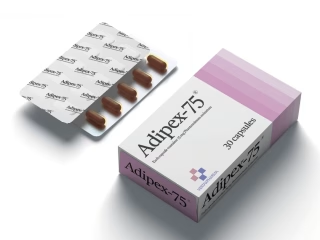

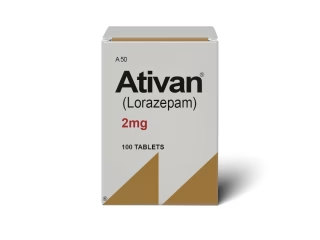
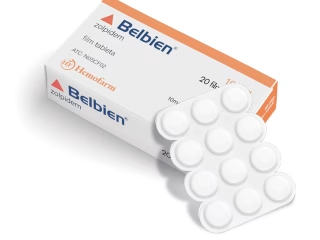
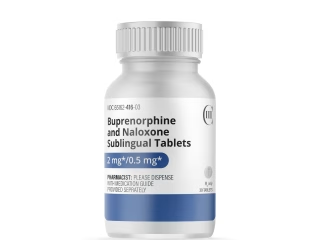

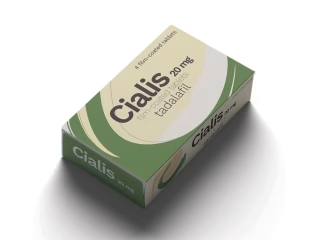

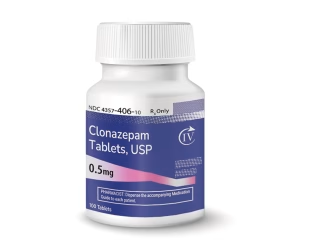

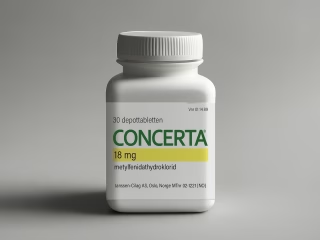



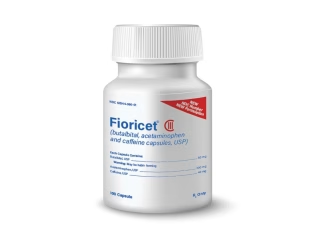
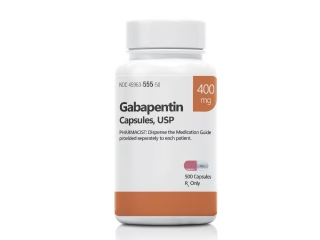
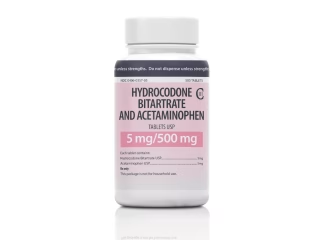
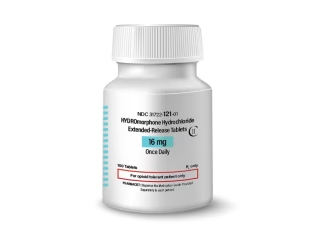
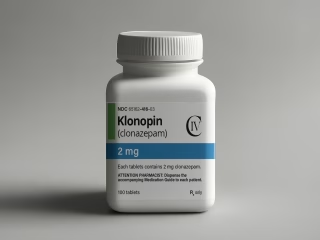
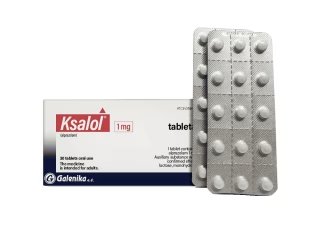

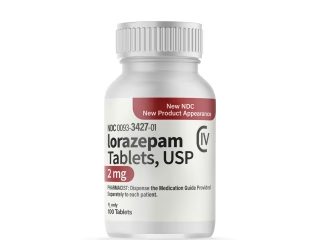

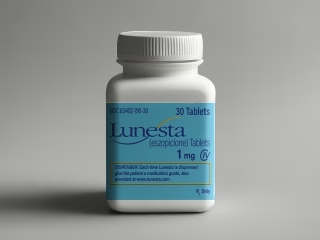
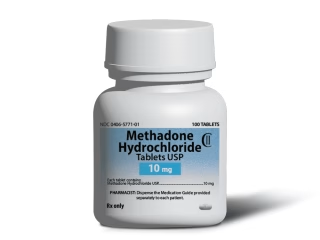
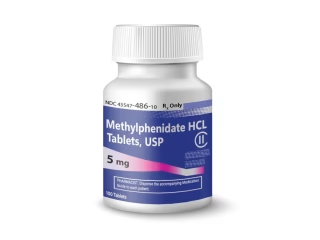
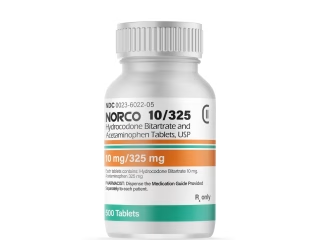

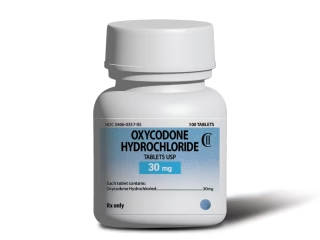
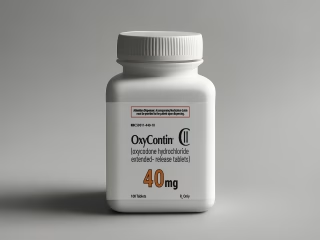
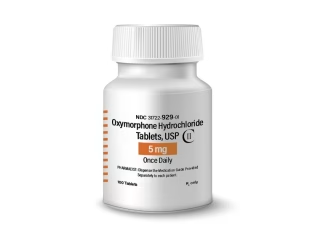
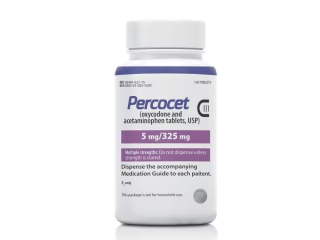



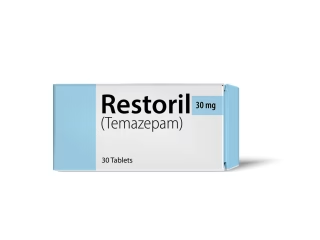
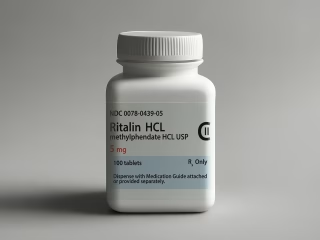
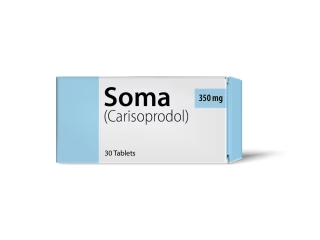

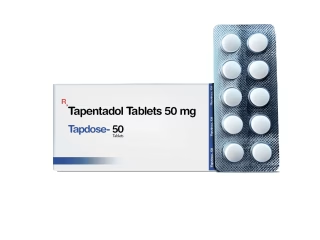
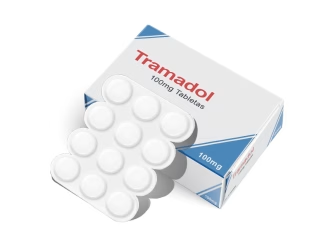
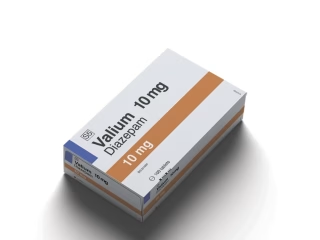


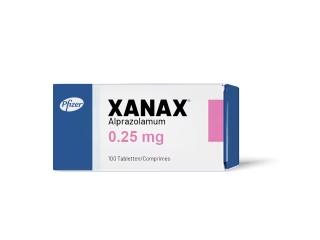
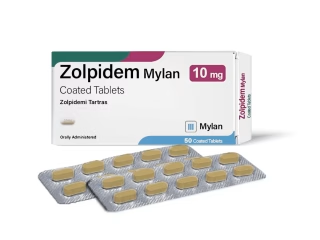
Leave a Reply